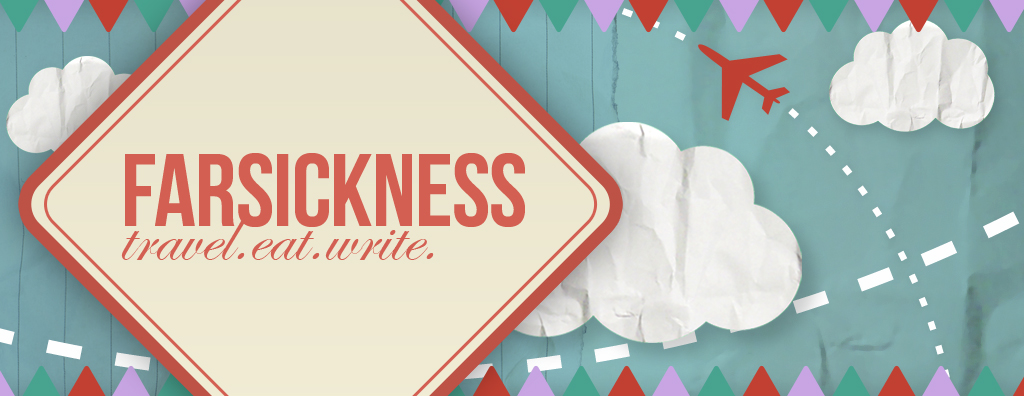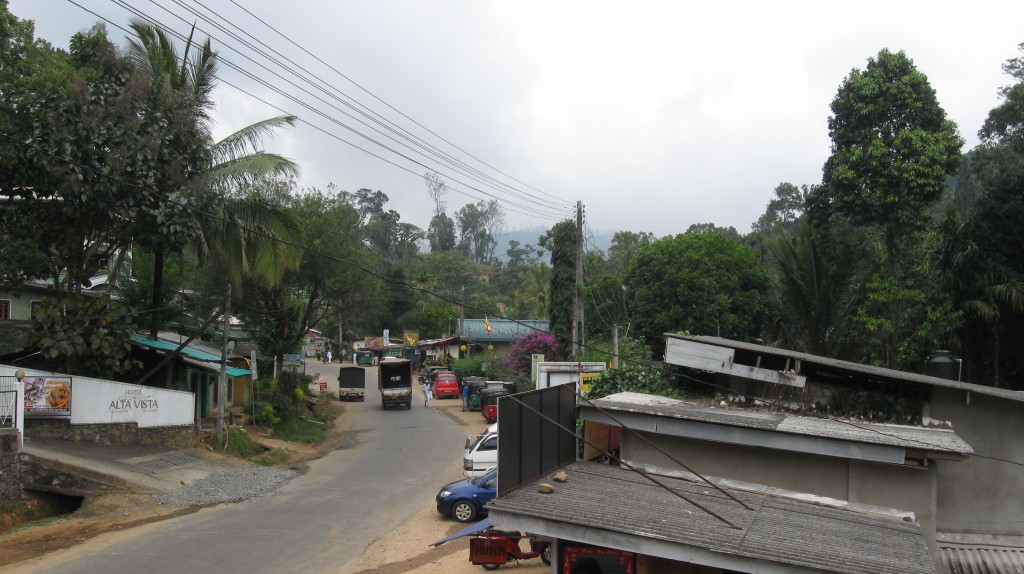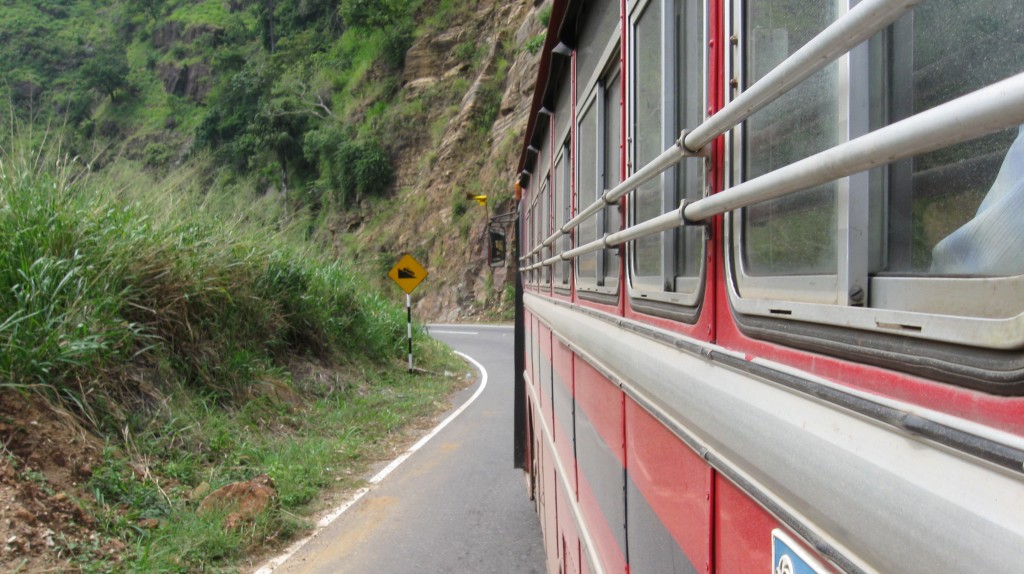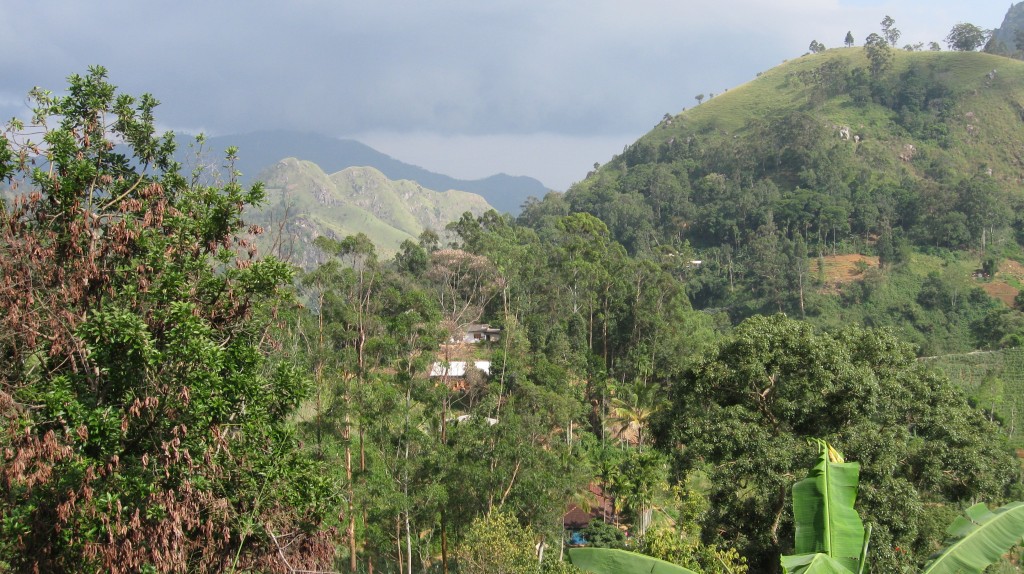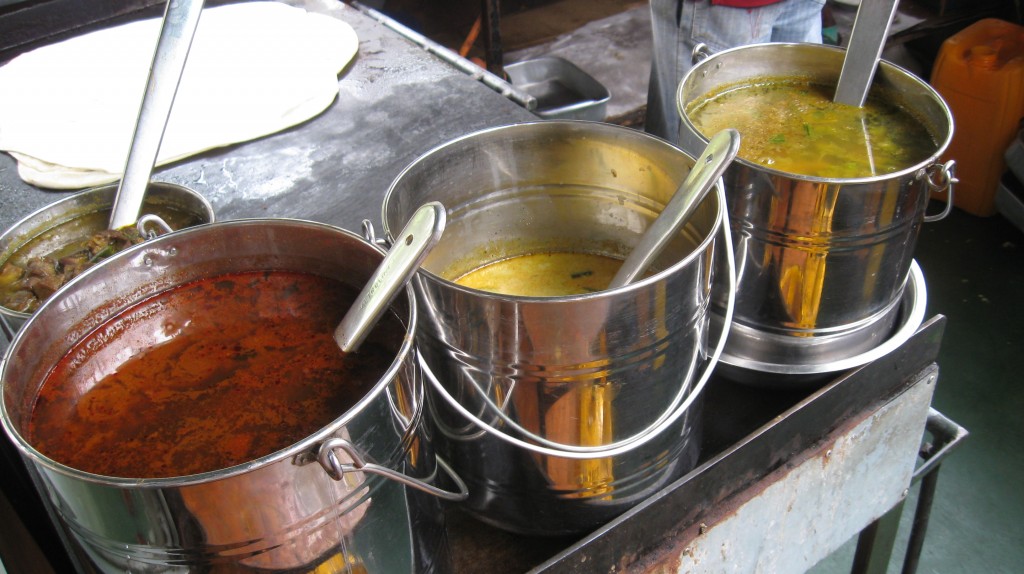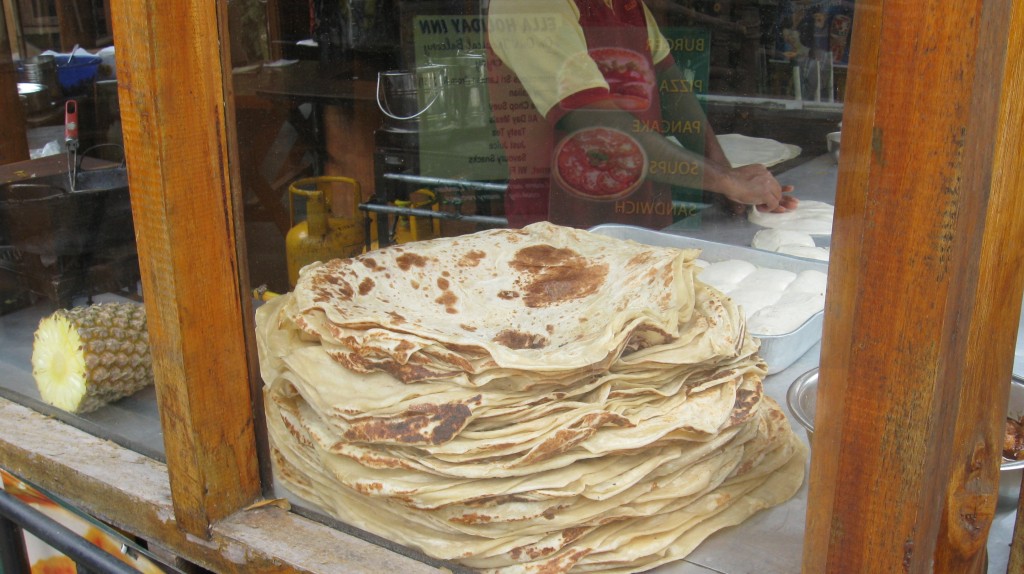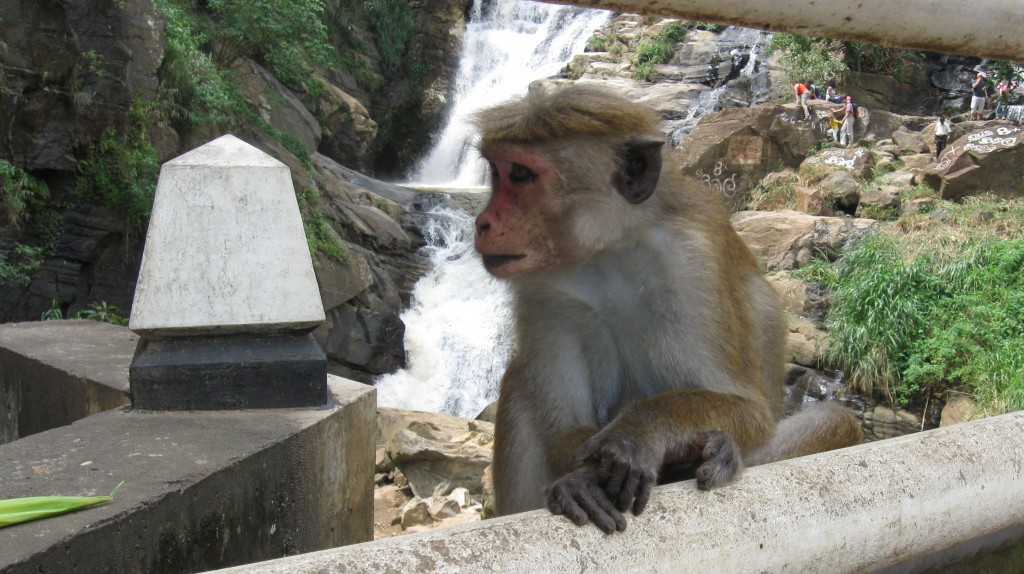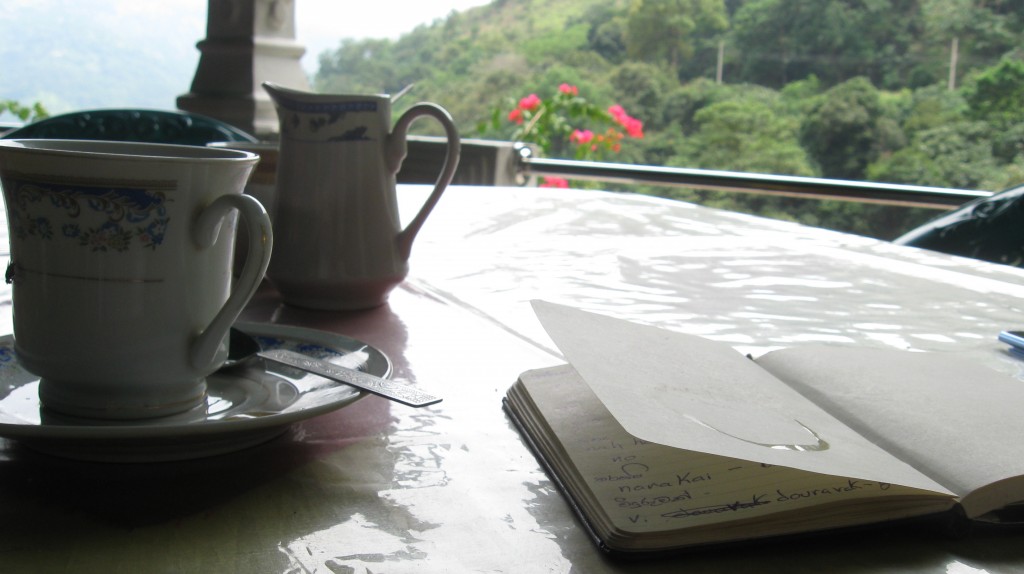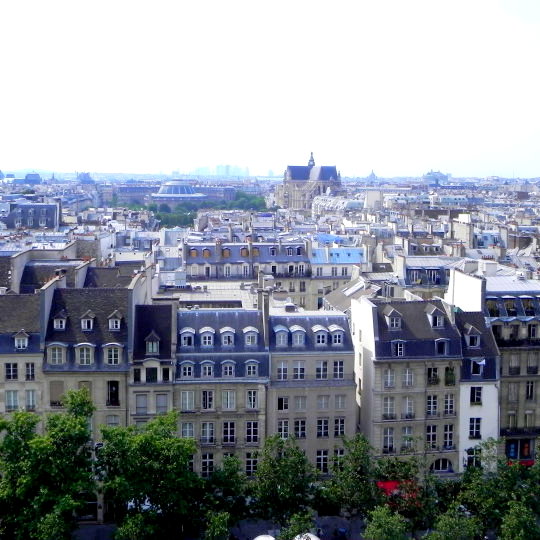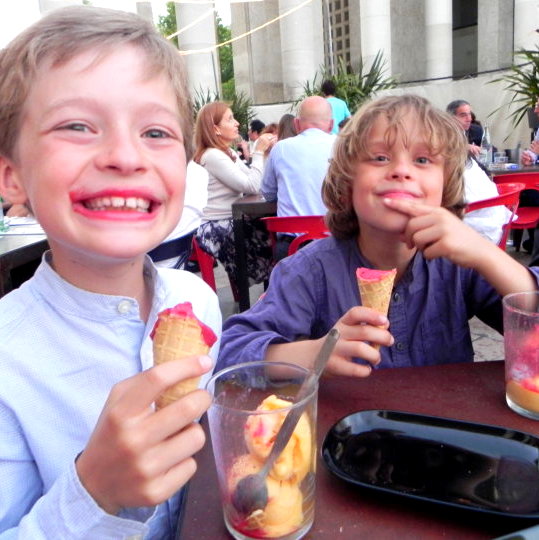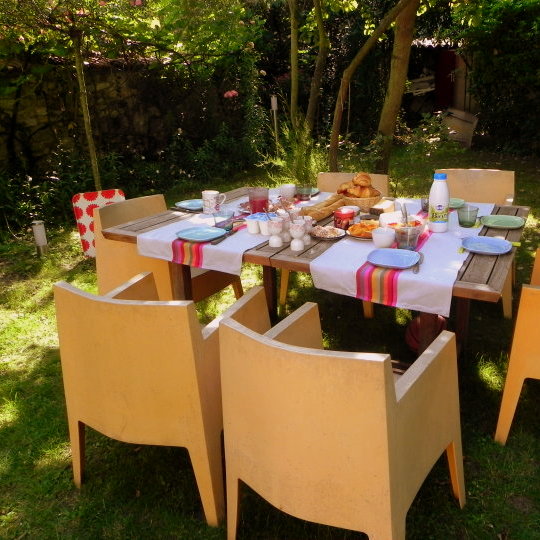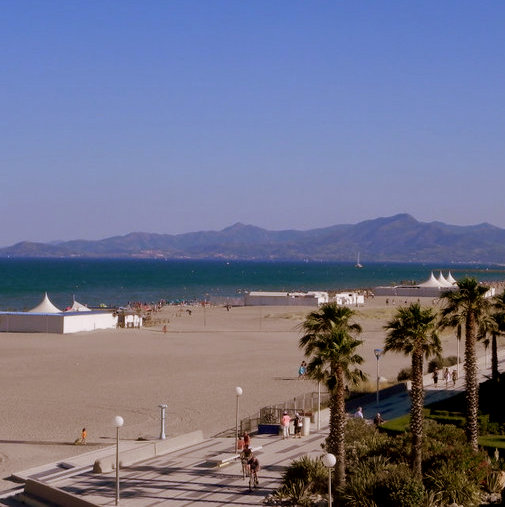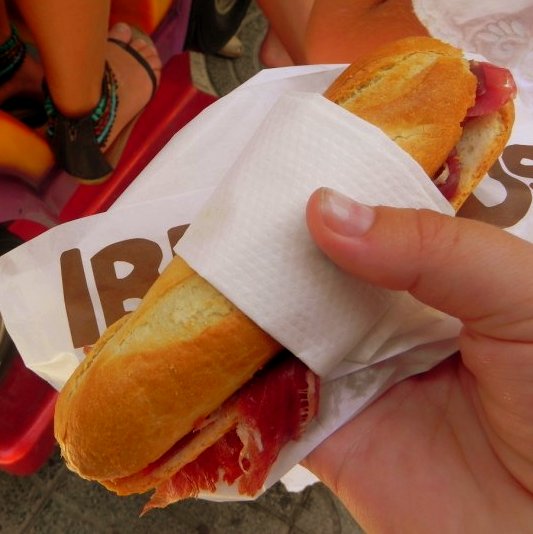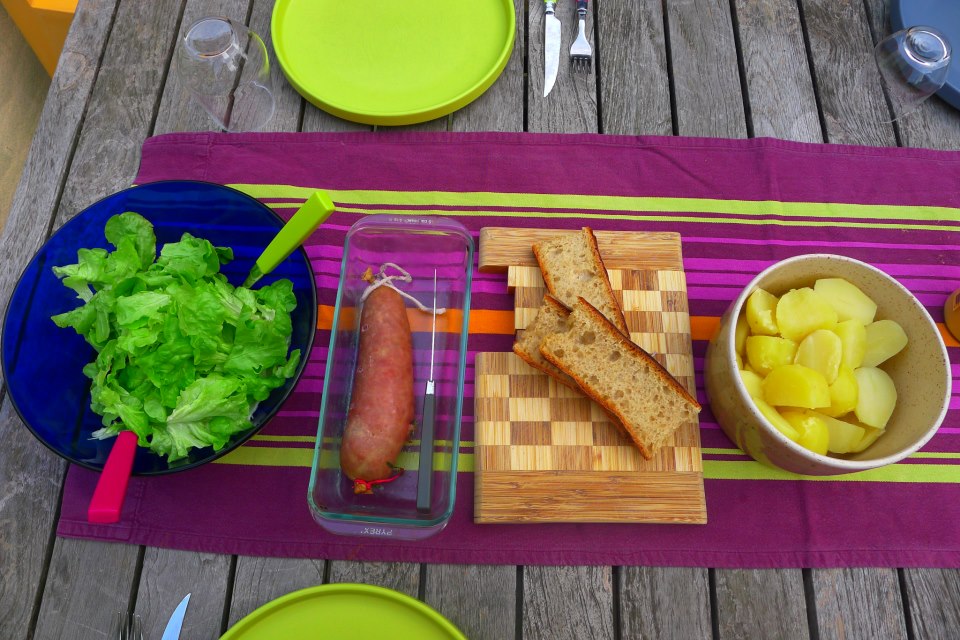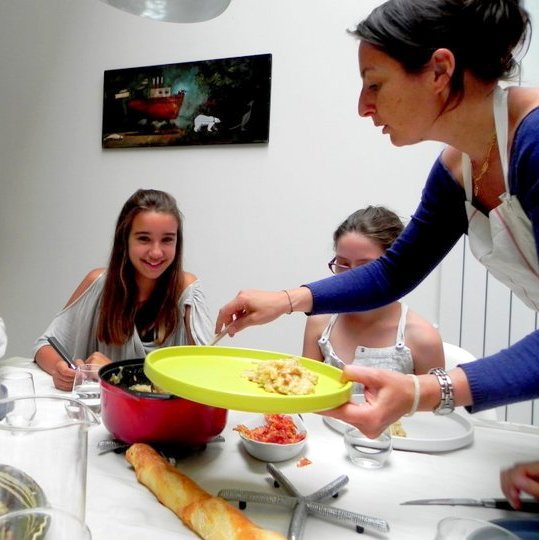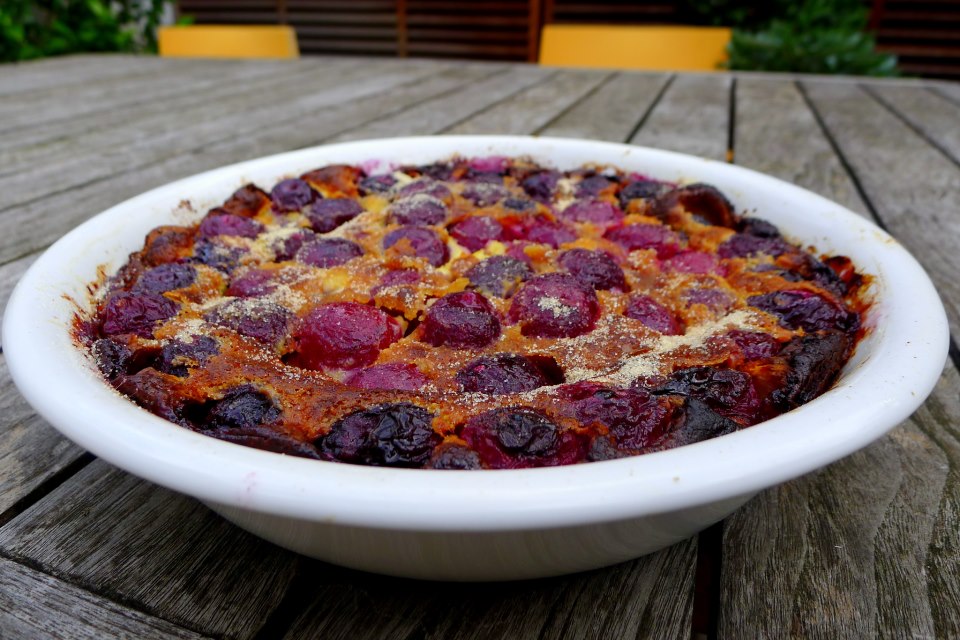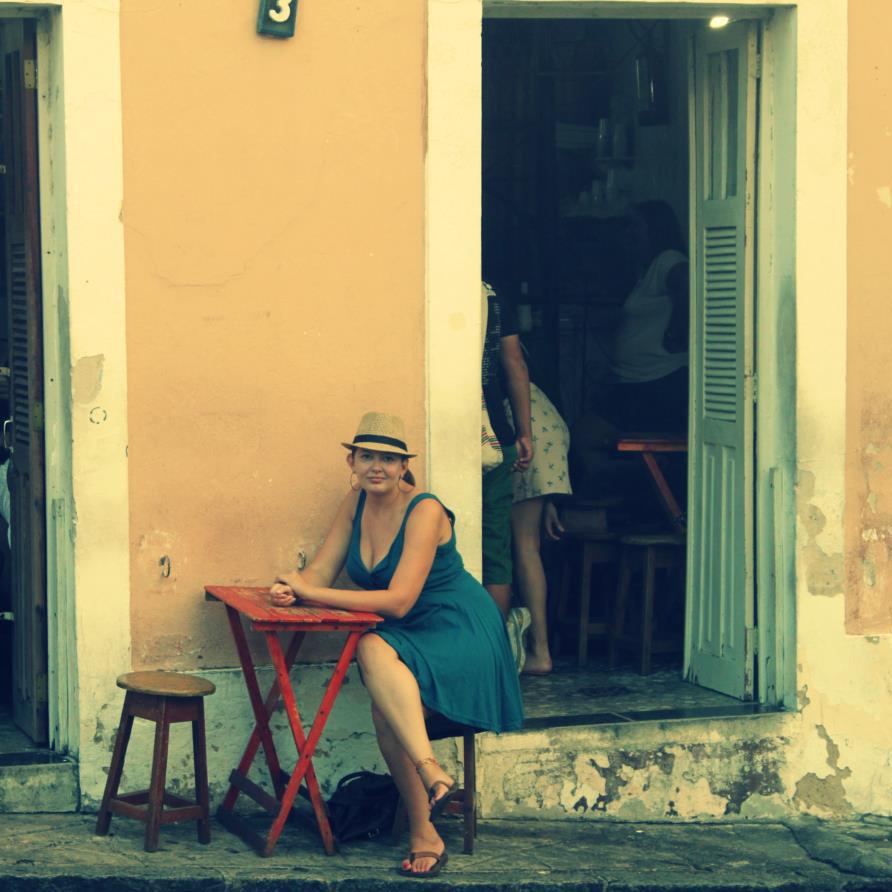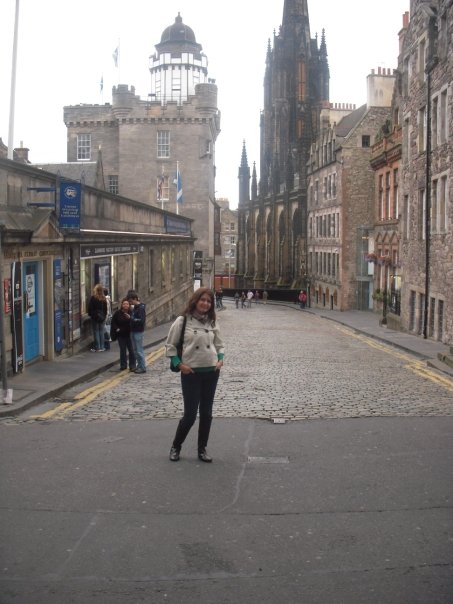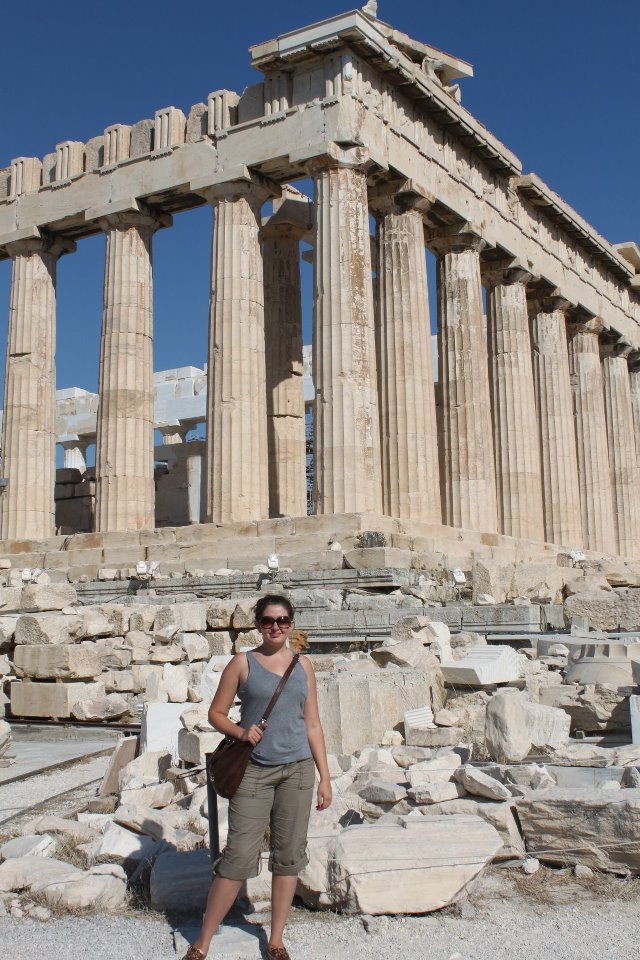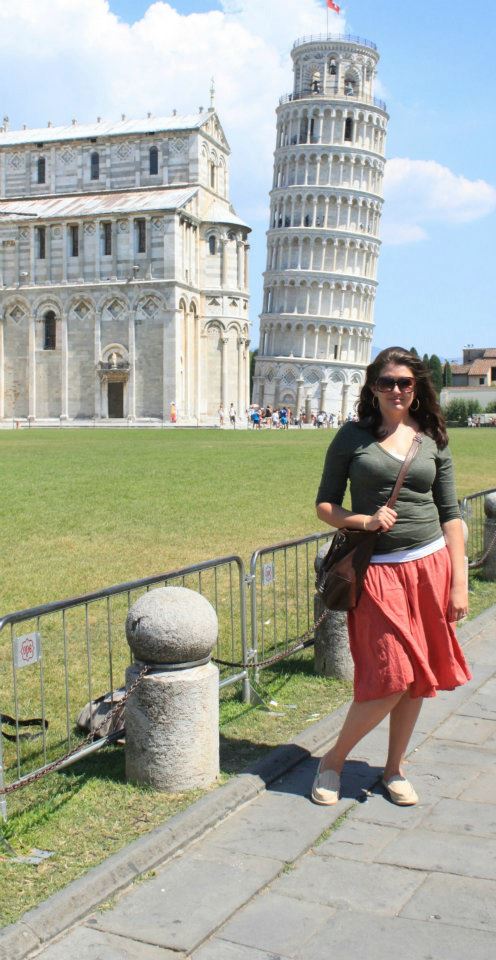Memories of Ella, Sri Lanka
I’ve just made it the Cameron Highlands and am working on some more posts about the Philippines, but until then I am going to let my good friend (and former coworker in Korea) Seamus Butler take over the reigns tonight. Seamus is a great writer who currently lives in Saigon, Vietnam teaching English at a university. He recently spent some time in Sri Lanka, a country I have on my must see some day list, which is what he’s going to write about today!
As wind sweeps through the open-sliding windows of an old Sri Lankan-made transit bus, school boys in white-collared shirts, shoeless men in multi-coloured batiks and grandmothers draped in saris carrying green and yellow plastic bags of vegetables cling to backs of chairs and loosening cloth straps hung from ceiling runners. I could only people watch occasionally as I precariously clung to the interior of an open-folding door, flip-flops solidly anchored to the bus stairs. Peering over dozens of matted faces, the expression of the driver in his rearview mirror was a focused foolishness, typically seen on betel-nut chewing safari guides, rather than public inter-city bus drivers.
This is how I began my first day in the winding mountain town of Ella. Three hours north of the gateway to Yala National Park (Tissamaharama), Ella is a railroad town established thirteen hundred meters above sea-level for its excellent tea growing climate. Cool nights and hot afternoons create a welcome change to the southern province beaches of Ulawanatuna and Mirissa.
Ella is a hiker’s smorgasbord of trails and steep valleys, pock-marked with dramatic waterfalls and breathtaking mountain scenery. Only too often does one exit the top of a valley to find a small country-side family restaurant overlooking lush precipices; shadow darkened mountains in the background.
Stumbling across wooden and concrete railroad ties, on the still functioning (and hourly used) Sri Lankan rail system, is the best way to access some of the most brilliant and little visited sections of this region. Families and farmers will smile and greet you with interest as school children returning down the tracks from their studies will ask you for pens or sweets.
Although of typical Sinhalese fare, the food in Ella doesn’t disappoint. The addictively delicious curries and fresh bay-leaf heavy Koththu Rotti are perfect companions for the cool nights or pre-hike carb fueling. The simmering pots of lentil, turmeric, and mustard seed based ‘Parippu’ curry and the unmistakable cacophony of banging steel blades will lead you directly to these must tries.
As with most other places in South Asia, the ubiquity of monkeys is not lost on Ella. Though the interesting, yet mischievous, primates stay out of the town, they dominate the waterfalls as they are popular bathing areas for them. Buy a husk of smoked corn for a quick bite before they mass around you.
To say this place has stunningly silent beauty is dead accurate. Sri Lanka is a country of continual re-envisioning. The Portuguese traders in Galle to the Dutch East India Company exporting the local spice trade, to the later British strategic position between the straits of Malacca and the Middle East, to the recently declining civil war with the local government and the Tamil Tigers. The country breathes and exhales like the arrival and decline of each rainy season. The complex history and tragedies of the still fresh Boxing Day tsunami slowed my Saigonite pace from a quick street side coffee to a milk-tea sipping introspection.
Leaving Ella felt like discarding a warm quilt only to want it back again when the heat has left you. The friendly smiles, pushy TuK-Tuk touts, and cool mountain air became fresh memories for a continually expanding idea of what Sri Lanka has left in the past and willingly preserves for its future.
As I sipped on my mountain cooled Lion Stout I thought about my oncoming night-time train journey through the central mountain range towards Kandy, the cultural capital of Sri Lanka. Ella felt more like a place I knew than a place I visited. I’m sure to never visit the small pub, or ridge-side tea shops, or hang out the door of the old rust-red buses that speed down the mountains passes again. But the kindness of the locals and silence of the valleys give me another place I can hold in my memory like a thread in the binding of a book.
